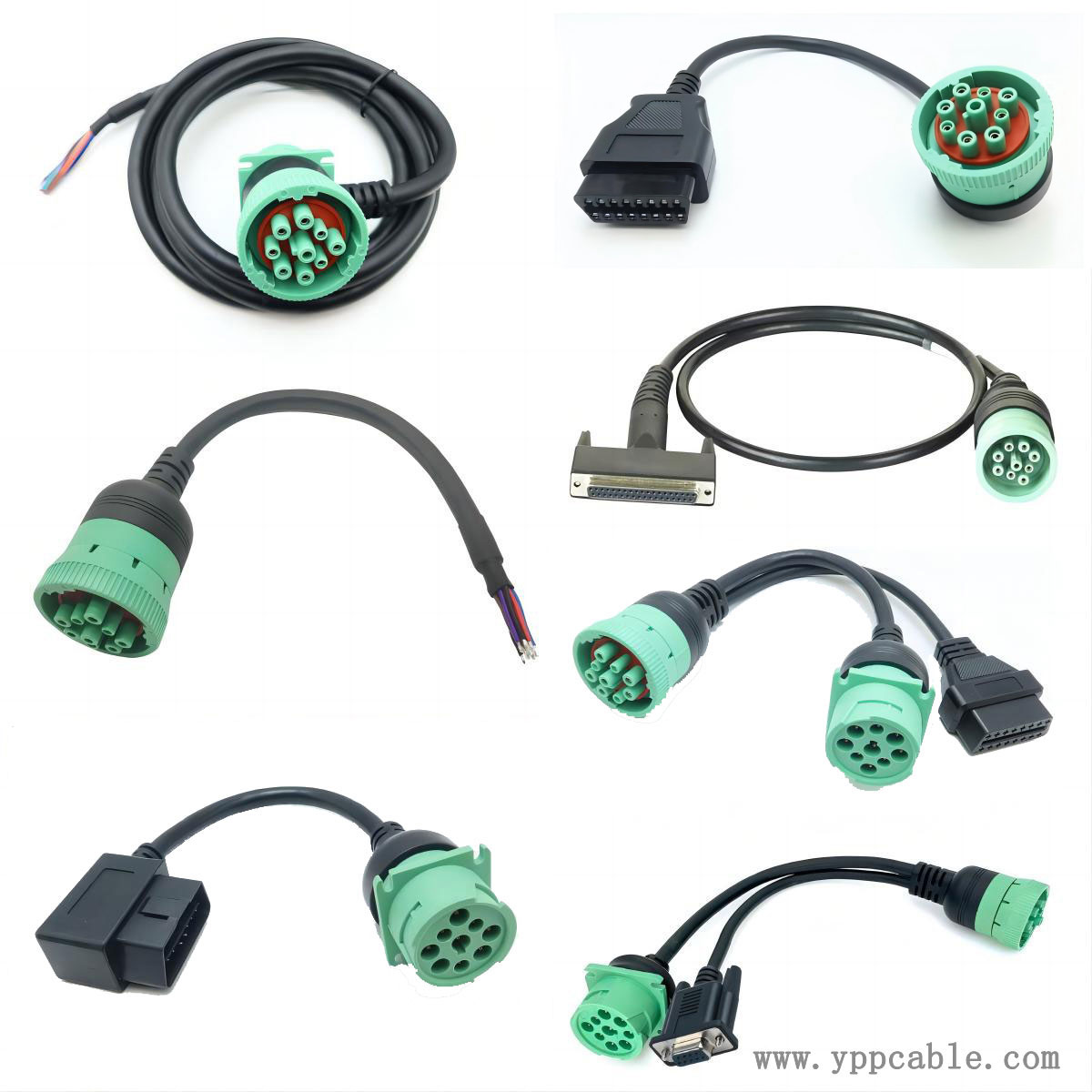What are the factors affecting the price of OBD2 to J1939 cable?
As a key accessory in the field of vehicle diagnosis and communication, the price of OBD2 to J1939 cable is affected by multiple factors. The following is a specific analysis:

Material and process costs
Conductor material: The core conductor of a cable is usually made of copper or tin plated copper. The higher the purity and the thicker the wire diameter, the more stable the conductivity, but the higher the cost.
Shielding and insulation layer: To meet the anti-interference requirements of automotive electronics, cables need to be equipped with multiple layers of shielding and high-temperature resistant insulation materials, and the quality of these materials directly affects the price.
Connector technology: J1939 and OBD2 connectors must comply with SAE standards and use gold-plated or nickel plated contacts to enhance corrosion resistance. Precision injection molding technology ensures connection stability, further increasing costs.
Functional and Certification Requirements
Protocol compatibility: Cables that support CAN bus (such as J1939) and OBD2 protocol (such as ISO 15765) require a built-in protocol conversion chip, and the higher the complexity, the more expensive the price.
Additional services and customization
Technical services: Suppliers providing technical support (such as protocol debugging, software drivers) may charge higher fees.
Customization requirements: When customers specify cable length, color, or add labels, additional customization fees are required.
Contact: Kevin Yu
Phone:
E-mail: yppcable@126.com
Whatsapp:
Add: FL2,Bld 6, Hongte Industrial Park, Yongtou , Changan, Dongguan, Guangdong